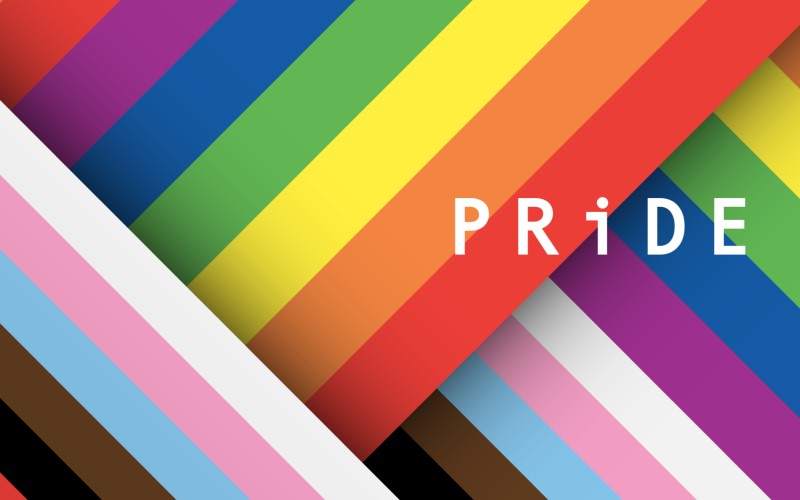
June is LGBTQ+ Pride Month, a month of celebration for the LGBTQ+ community in which a number of businesses and other organisations choose to display rainbow flags in solidarity with the LGBTQ+ cause. The rainbow flag is the most prominent emblem of LGBTQ+ pride, and a powerful example of how an effective logo can end up becoming synonymous with a particular brand or, in this case, cause.
History
The six-striped rainbow flag that we know today as the “pride flag” or simply the “rainbow flag” was derived from an eight-striped flag originally created by artist Gilbert Baker for use in the 1978 San Francisco Gay Freedom Day Parade. Its eight colours were chosen to represent the symbolic value of sex, life, healing, sunlight, nature, magic, serenity and spirit. Two of the eight colours – pink and turquoise (sex and magic respectively) – were subsequently dropped from the flag because of fabric shortages, resulting in today’s iconic six-striped rainbow flag.
Intellectual property protection
Baker opted not to formally protect the rainbow flag and, in keeping with the inclusive nature of the LGBTQ+ movement, decided to make it freely available for public use. Baker’s approach to intellectual property protection was undeniably a large factor in terms of the rainbow flag’s success. Due to the lack of restrictions on its use, it continues to be used widely, and has ultimately become immediately identifiable as being related to the LGBTQ+ movement.
In spite of Baker’s success, however, his approach is not one that will be suitable for a majority of logos. In business and commercial contexts, for example, a logo normally functions as a badge of origin, allowing consumers to identify the provider of their goods or services. The effectiveness of a logo in achieving that function depends on the provider being able to prevent competitors from offering similar goods and services under the same or sufficiently similar logo, something that is achieved by way of intellectual property protection of some description, whether through a registered trade mark, design rights or copyright.
Even where a logo is created to represent a movement or cause and not for business reasons, such as in the case of Baker’s rainbow flag, foregoing intellectual property protection will not necessarily be appropriate. Leaving intellectual property unprotected, or even deciding not to enforce existing rights in intellectual property, runs the risk of the logo being appropriated for causes that the logo owner may prefer not to be associated with. In such cases, the logo owner may be best served by securing trade mark or registered design or other protection and then issuing free licences for uses that it deems acceptable.
Conclusion
The appropriate strategy for ensuring appropriate protection for intellectual property such as logos will inevitably vary depending on the nature of the intellectual property and its intended use and functions. While professional advice should always be taken, Baker’s rainbow flag highlights that a one size fits all approach is not appropriate in the context of intellectual property protection, and also that careful consideration of intellectual property issues at the outset can be key to a logo’s success.
For professional advice about whether seeking formal protection is right for you get in contact with our highly qualified Intellectual Property team.

